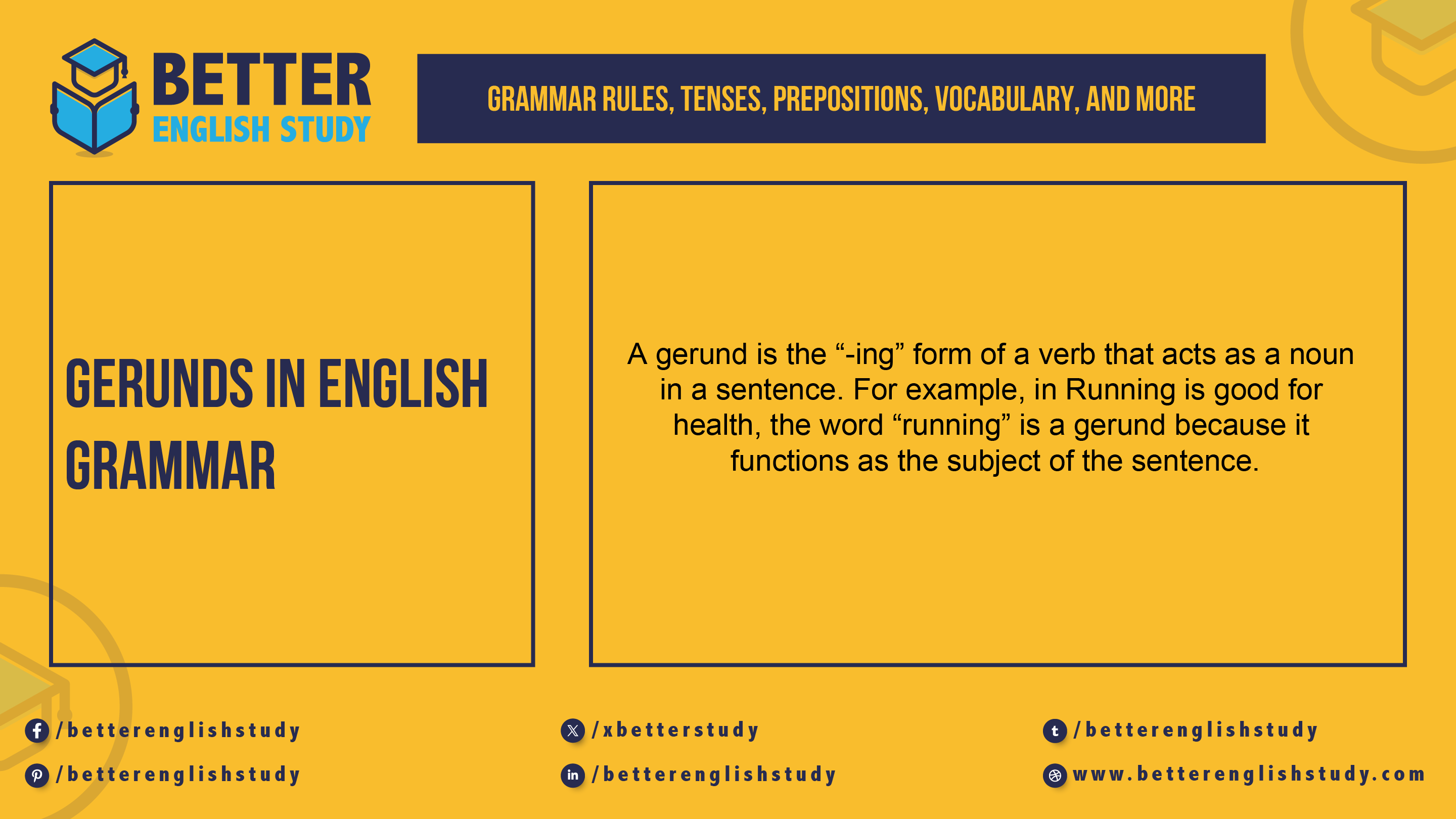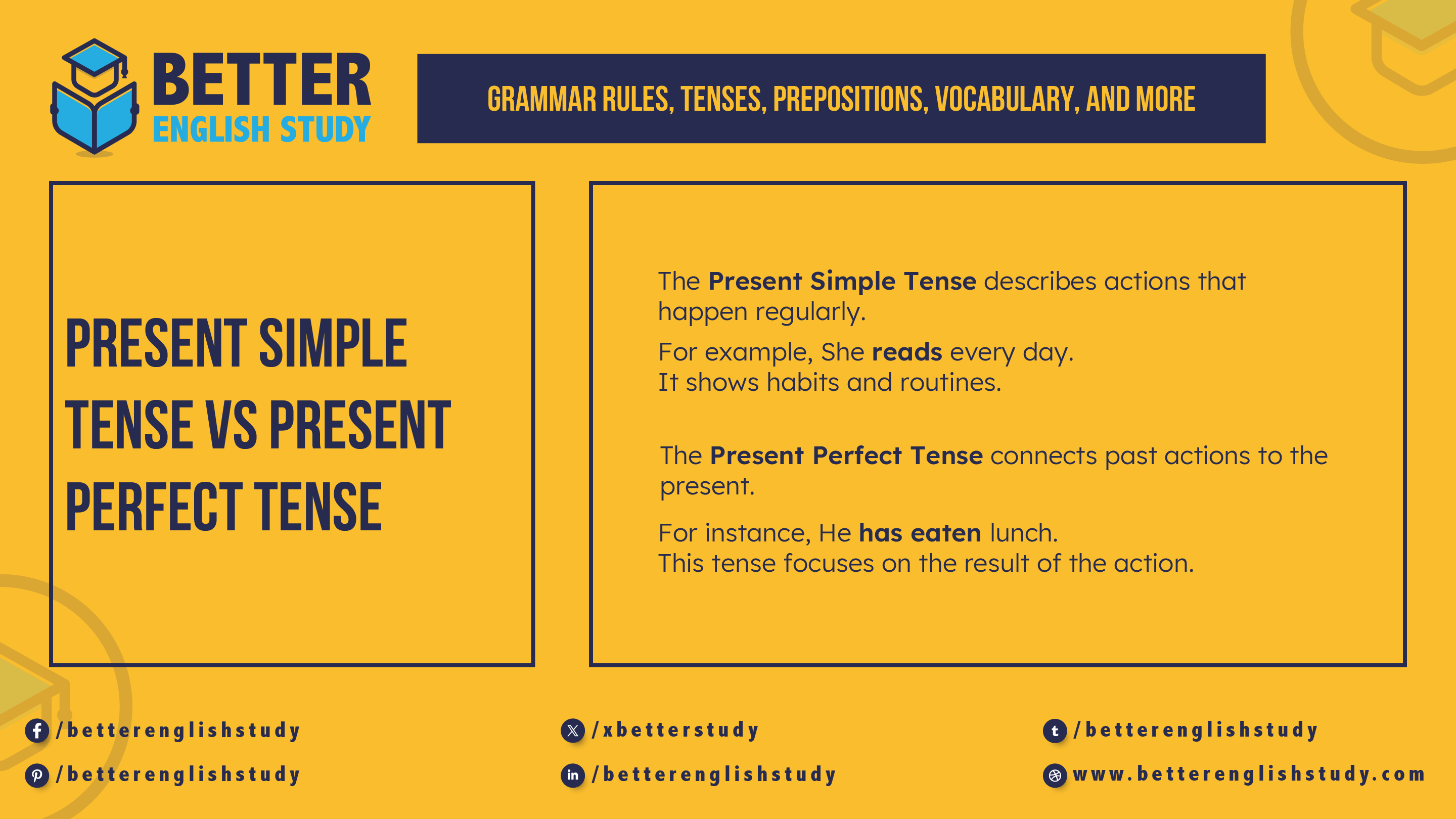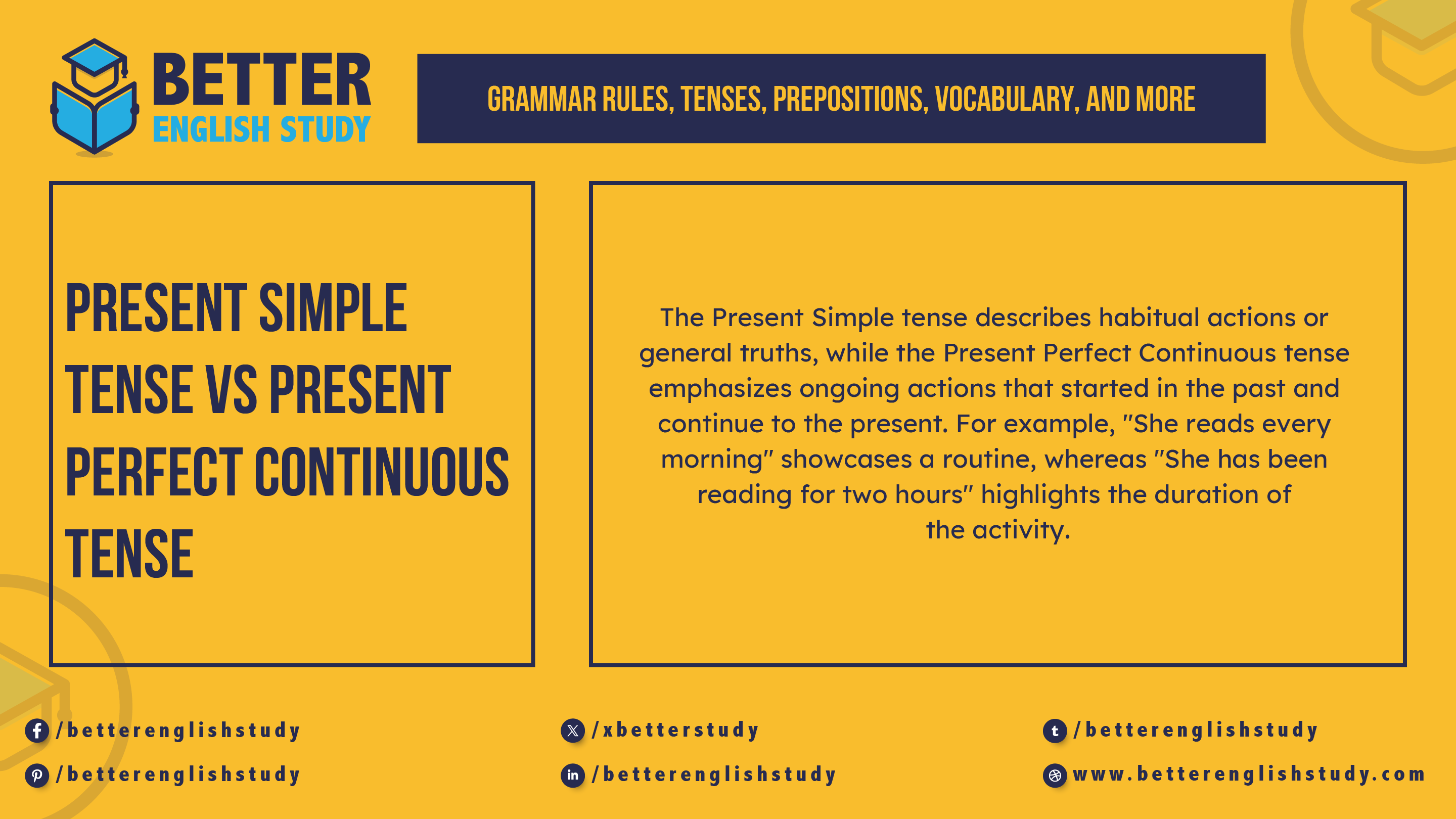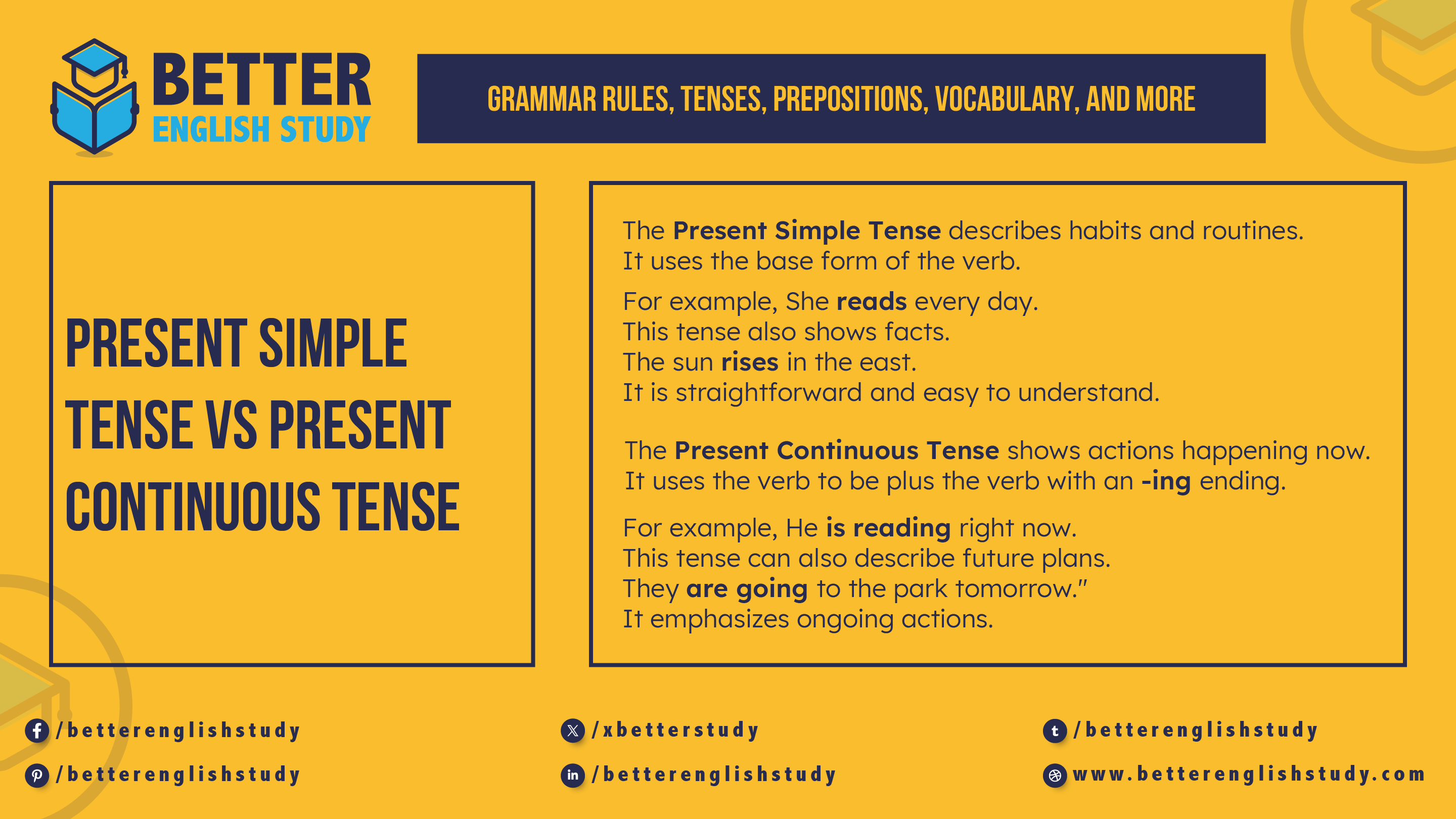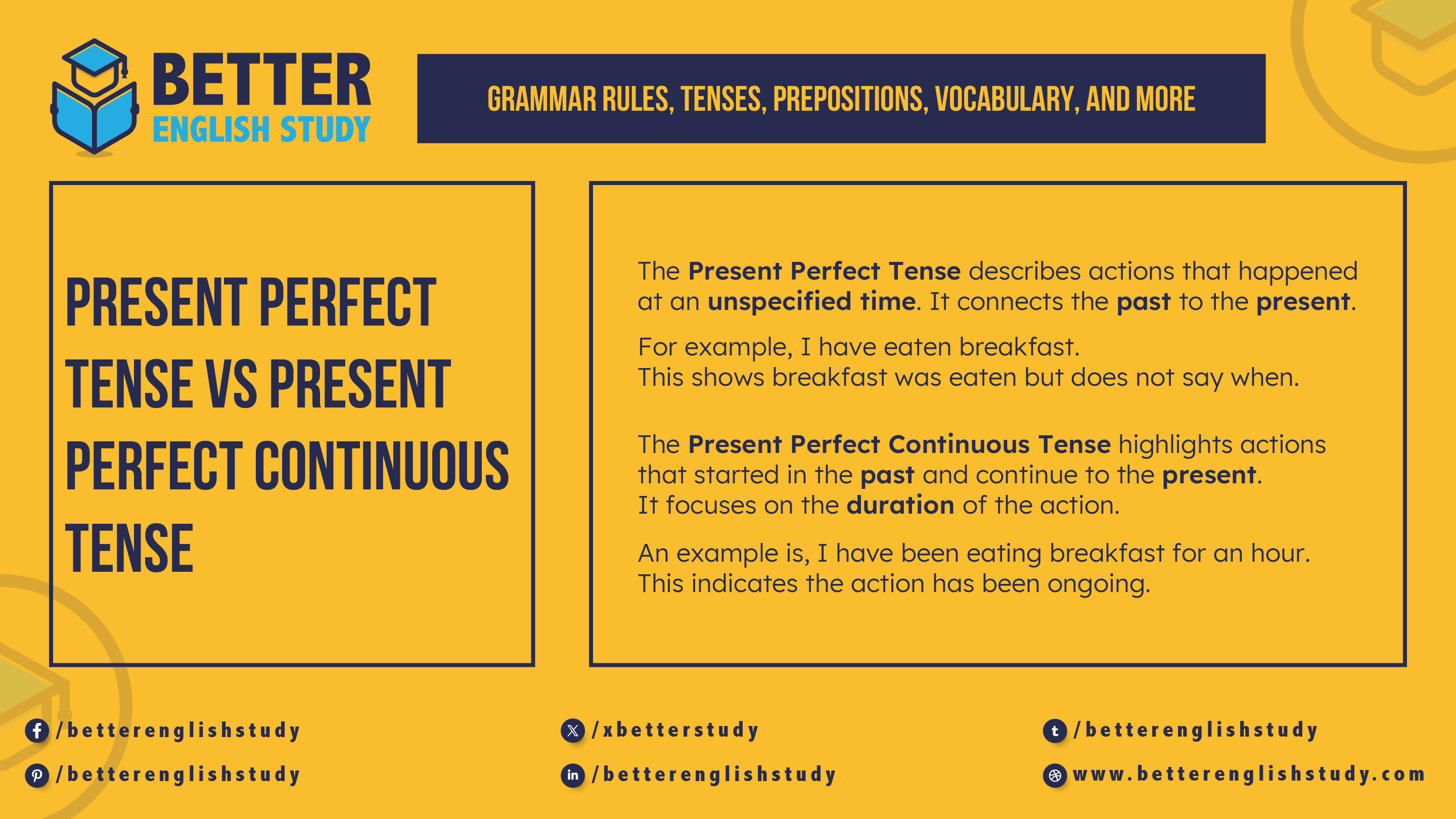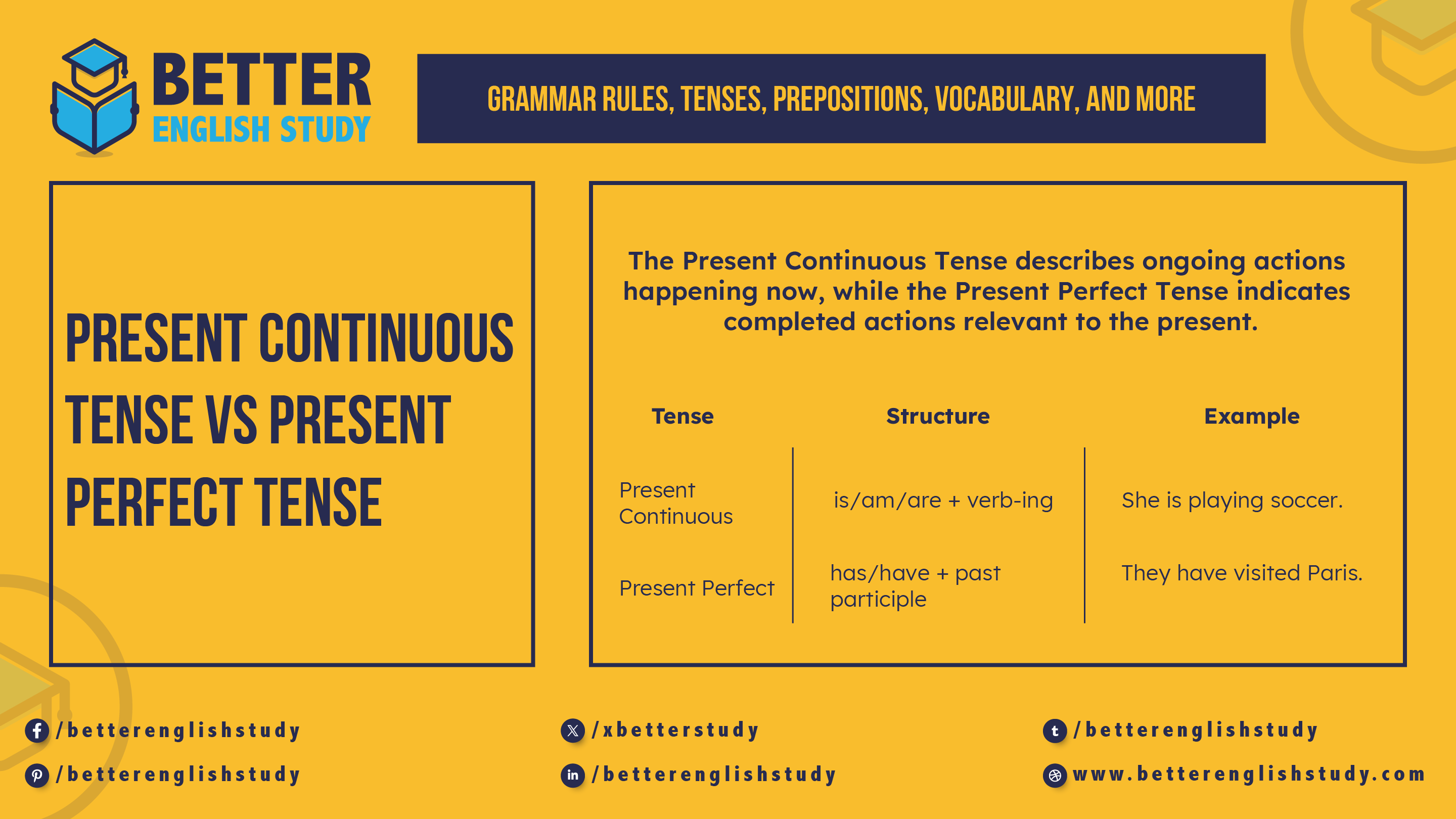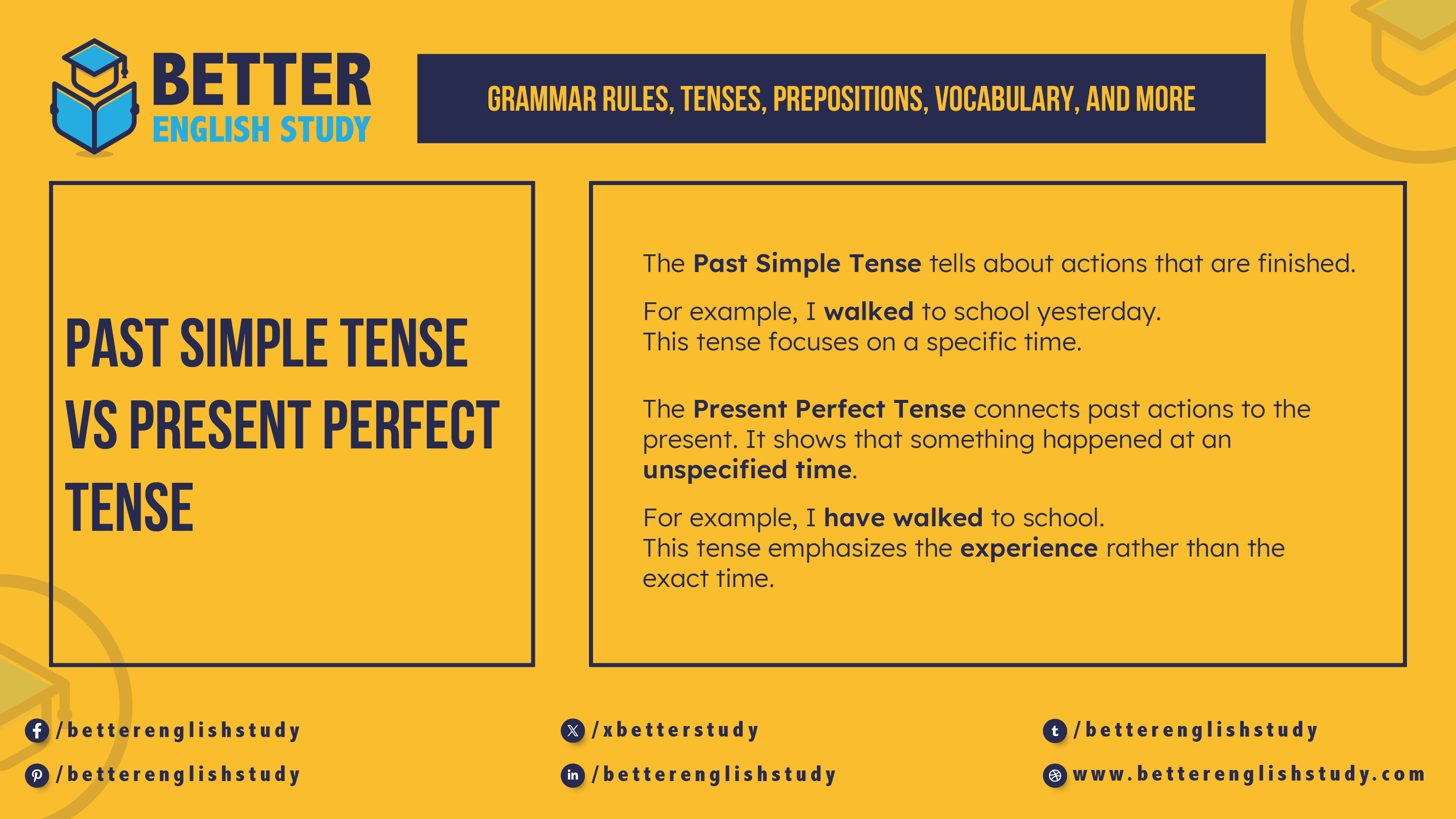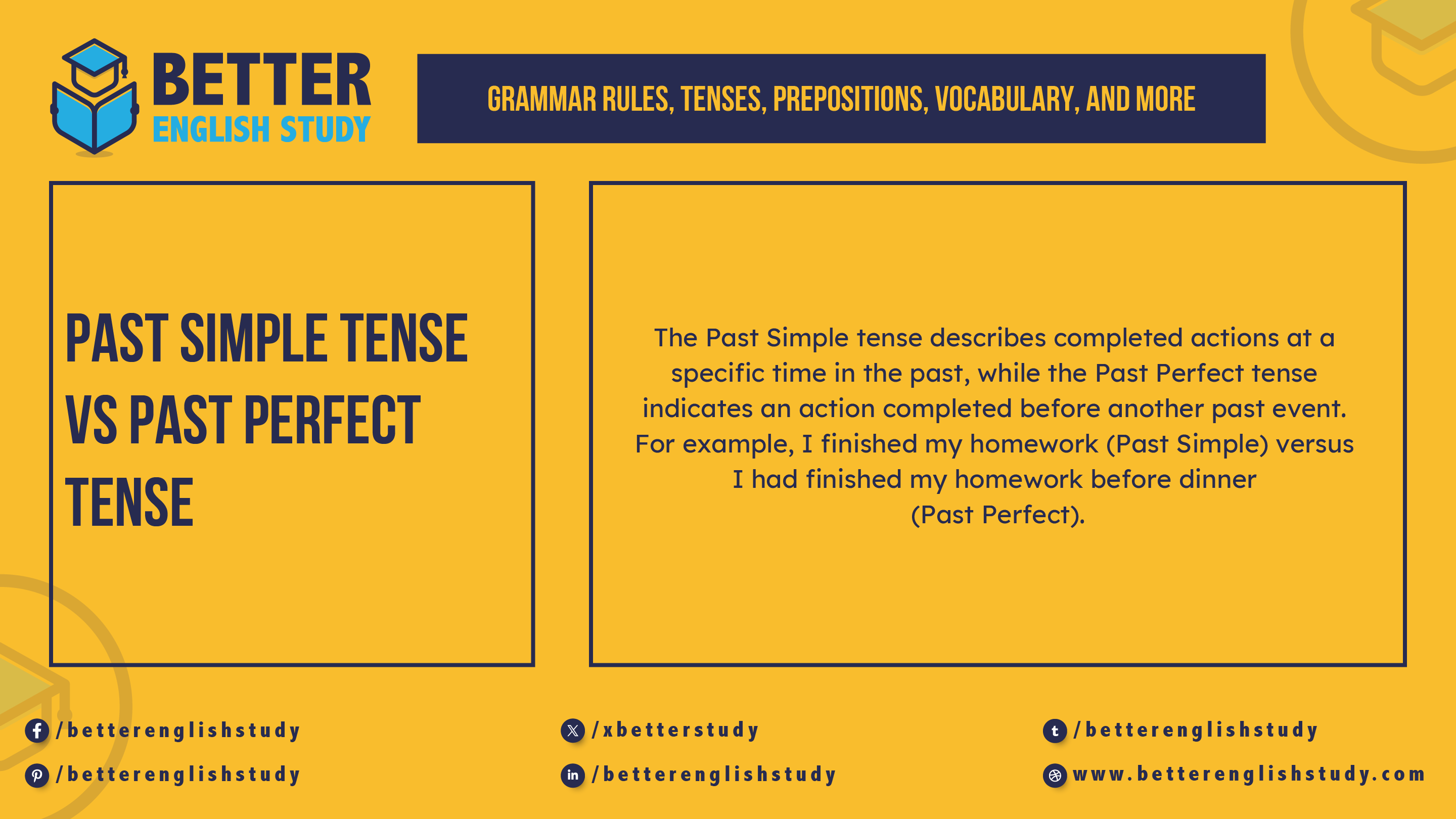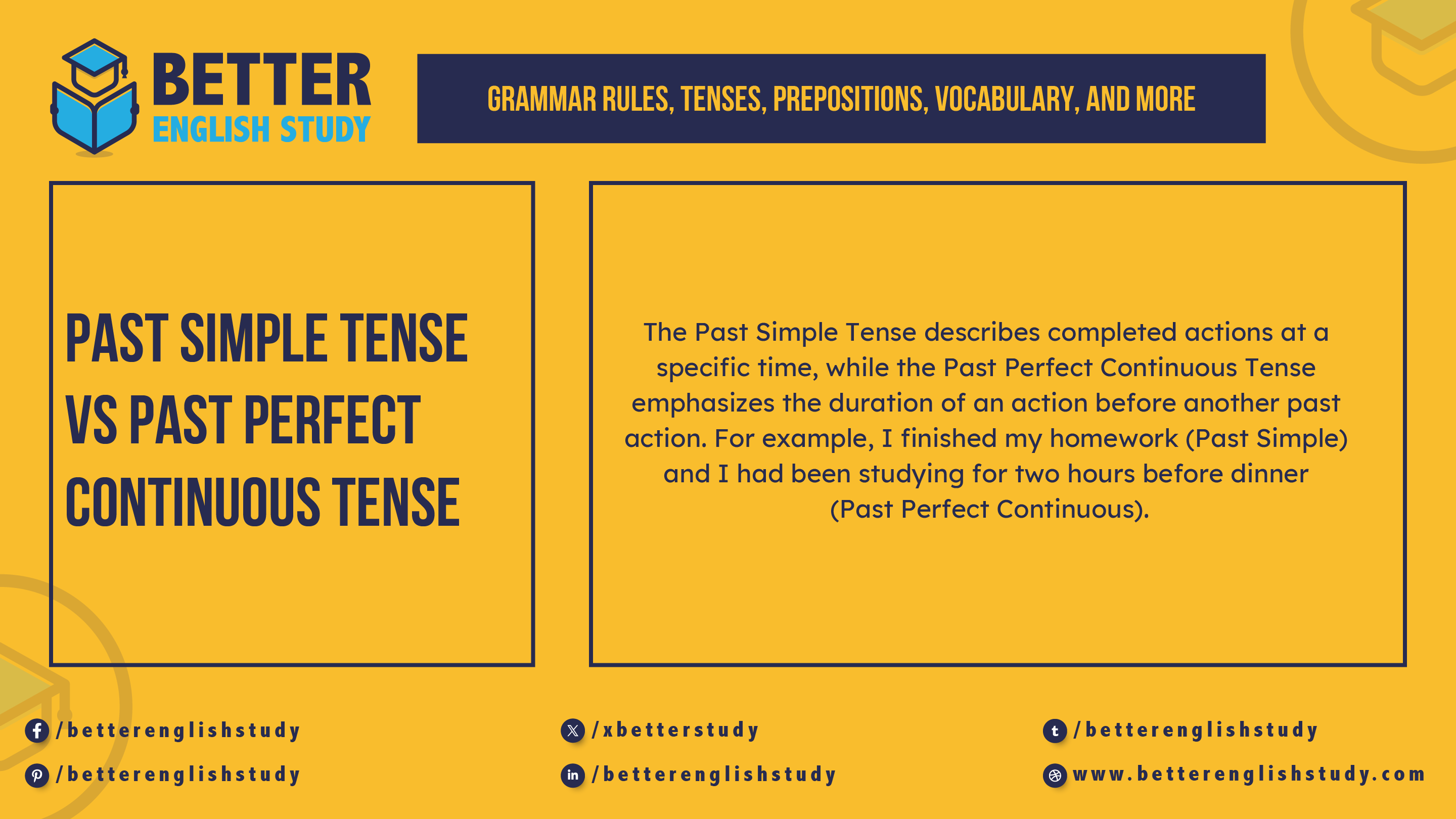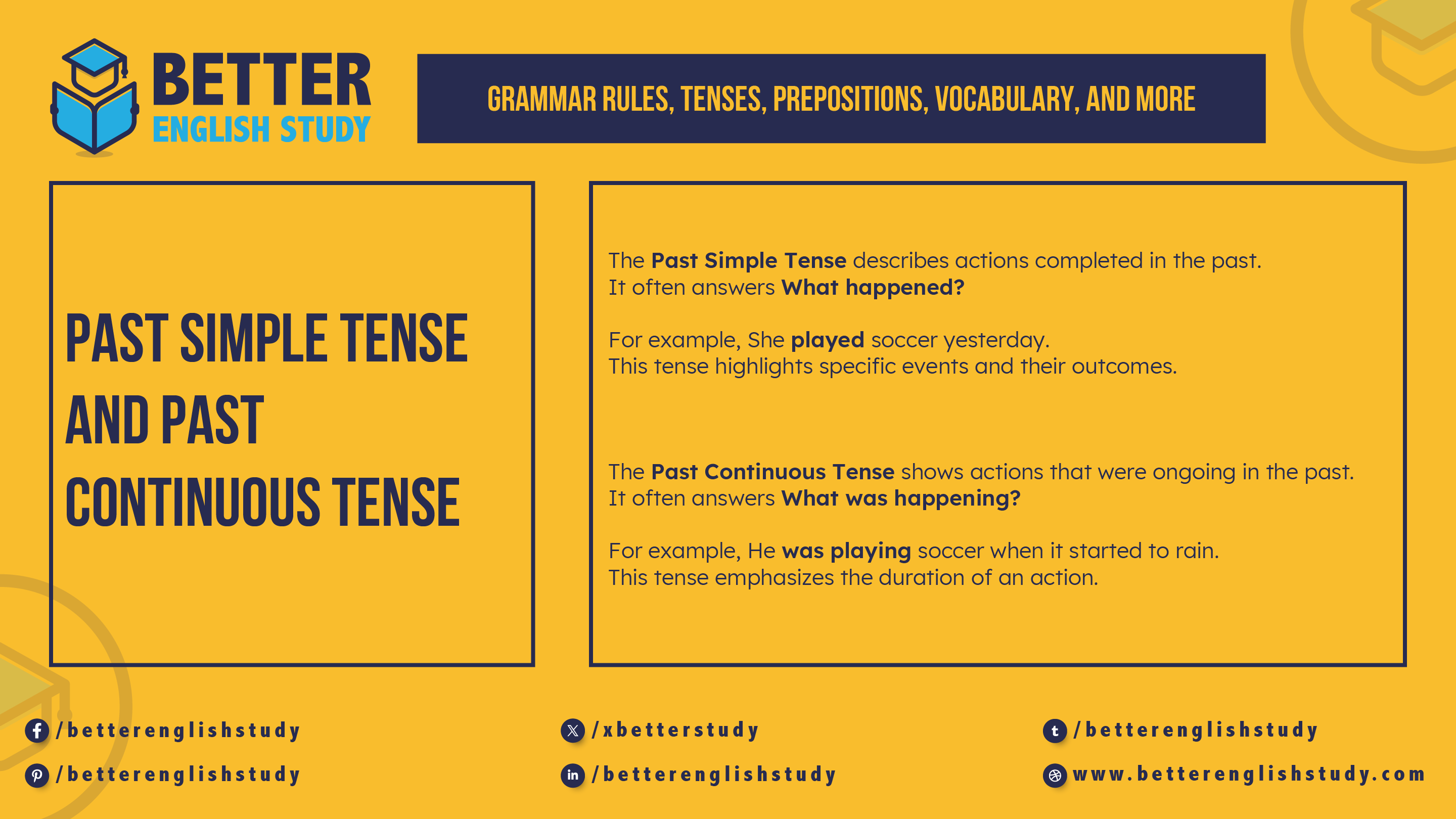Understanding Gerunds in English Grammar with Examples
A gerund is the “-ing” form of a verb that acts as a noun in a sentence. For example, in “Running is good for health,” the word “running” is a gerund because it functions as the subject of the sentence. Learning English grammar can sometimes feel like navigating a maze, especially when encountering new terms. …

